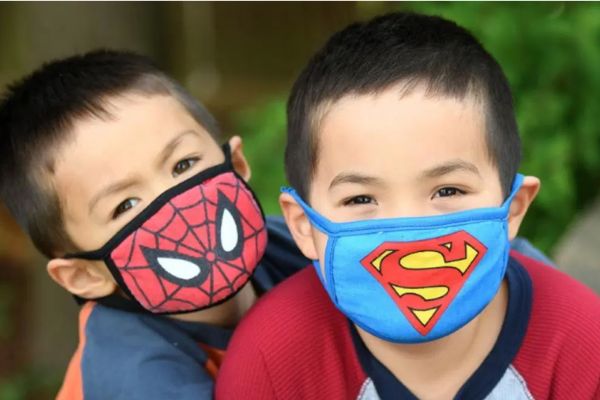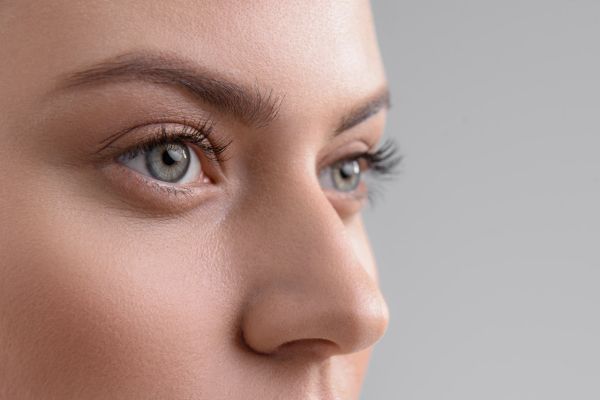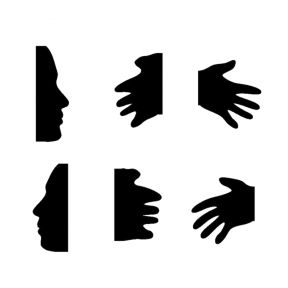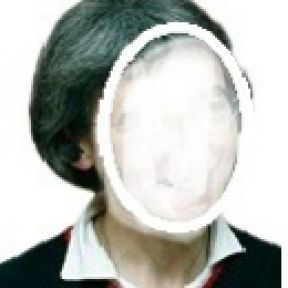
Prosopagnosia
Everyone is guilty of forgetting the name of someone they've met before, although people are generally quite good at remembering faces, and especially those of friends and family at a glance. For some people, recognizing faces is an impossibility due the neurological disorder known as prosopagnosia (also called face blindness). For them, loved ones can appear to be strangers.

People with prosopagnosia cannot recognize familiar faces and often cannot distinguish among the faces of strangers. They may also have trouble recognizing familiar places or objects or recognizing the difference between a person's face and another object. Some people with prosopagnosia even have difficulty recognizing themselves. Researchers estimate that 1 in 50 people may have some form of prosopagnosia.
Developmental prosopagnosia appears during childhood and may have genetic roots or arise as a result of a prenatal or childhood brain abnormality or damage. Acquired prosopagnosia can occur in older men and women after a brain injury, stroke, or the onset of degenerative disease. Accurately diagnosing prosopagnosia often proves difficult, because face recognition involves complex processes in the brain.
When it comes to prosopagnosia, “face blindness” is a bit of a misnomer. Someone with this condition might be looking directly at a person’s face, but be unable to see the entire visage. They might only be able to focus on and identify individual features. Once the face is out of their field of vision, they are unable to retrieve any memory of it. In addition to face blindness, people with prosopagnosia may find it difficult to recognize facial cues and remember places.
Studies suggest that the prevalence of developmental prosopagnosia is between 2 and 2.5 percent.
Children on the autism spectrum often display some degree of face or emotion blindness. Prosopagnosia, or the inability to recognize people’s faces, may account for many of autistic children’s social limitations. It is further complicated when autistic children have trouble identifying and describing emotions, a condition called “alexithymia,” which frequently appears alongside the prosopagnosia.

There is currently no cure for prosopagnosia. Treatment focuses on the development of compensatory skills for recognizing individuals, including friends, family members, and acquaintances, such as attending to cues like unique physical characteristics or voice. For example, a teacher may identify a student by his or her seat in the classroom or the backpack the student wears each day. Those who struggle with face blindness may draw inspiration from notable people who have successfully coped with the condition, including Oliver Sacks and Chuck Close.
An area of the brain called the fusiform gyrus is responsible for recognizing human faces in greater detail than similarly complex but inanimate objects. It is also thought to be connected with memory. One theory states that prosopagnosia occurs when the fusiform gyrus is deformed or damaged in some way.
Doctors use a number of tests for diagnosing prosopagnosia. In the famous faces test, the taker has to correctly identify the faces of famous people. In the Benton Facial Recognition Test (BFRT), the taker must match a target face to one of six different face options. In the Cambridge Face Memory Test (CFMT), the taker gets introduced to six target faces; then they are tested with a series of three faces, including one familiar target face, which they must correctly identify.
While there is no cure for the prosopagnosia itself, people with this condition may experience symptoms of anxiety or depression that can be alleviated with the help of a professional.










